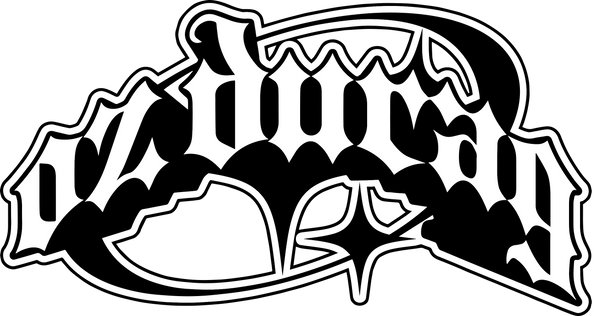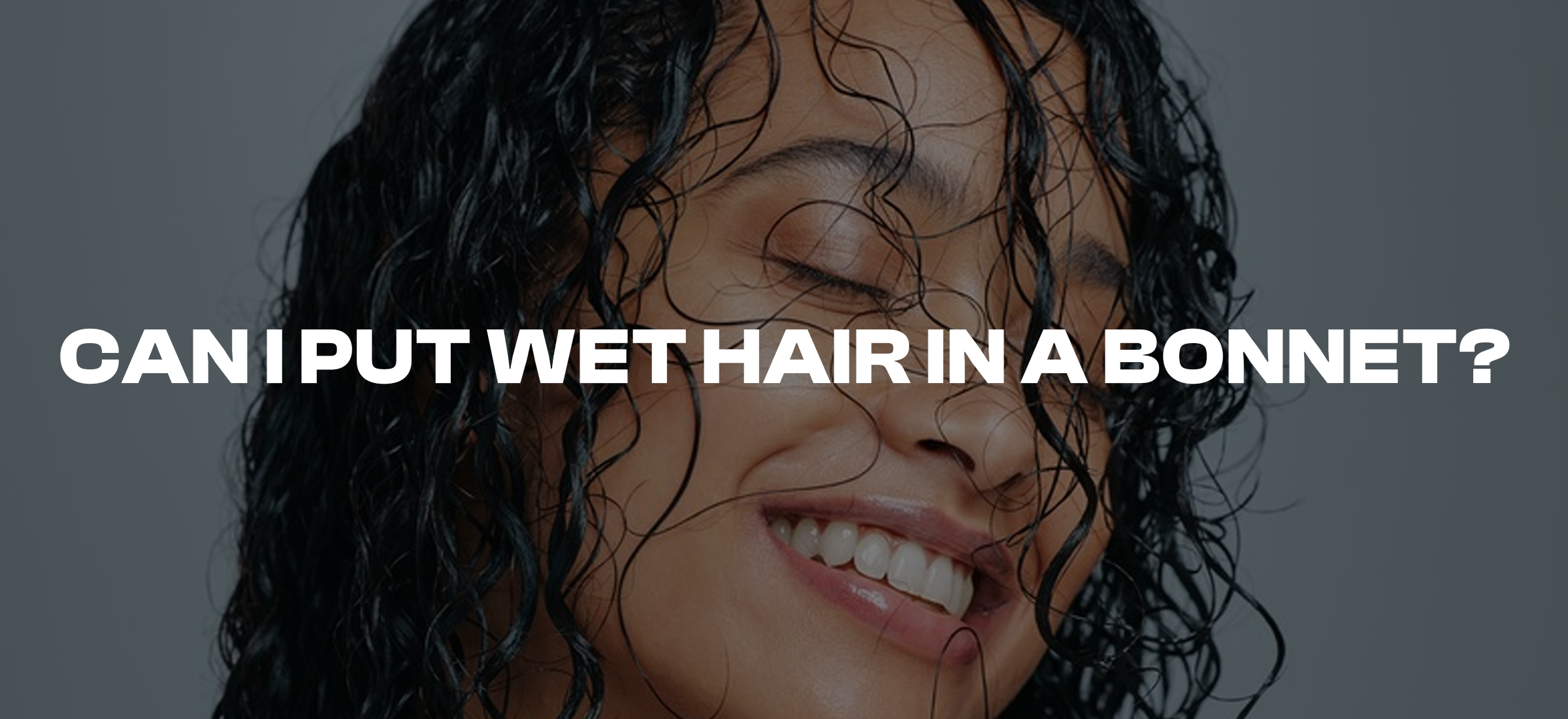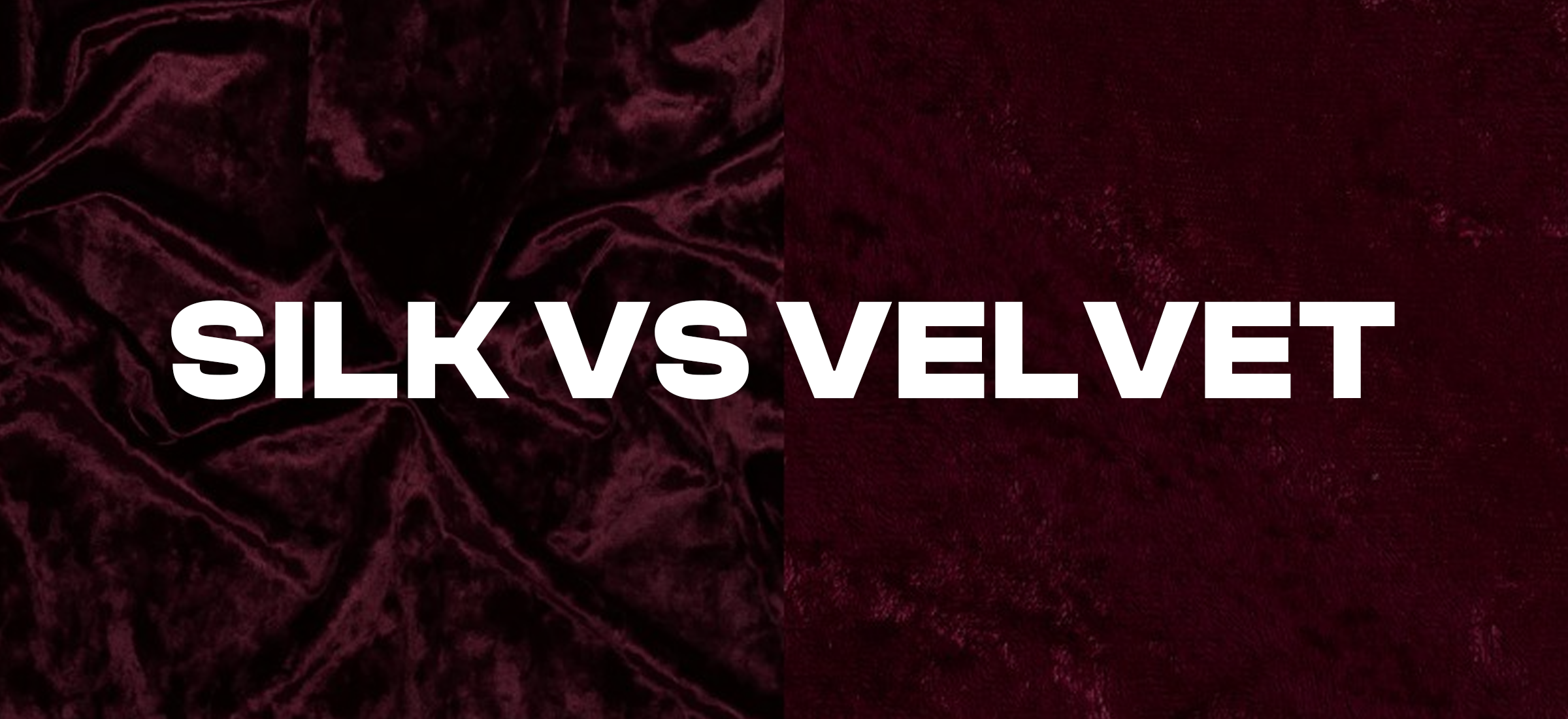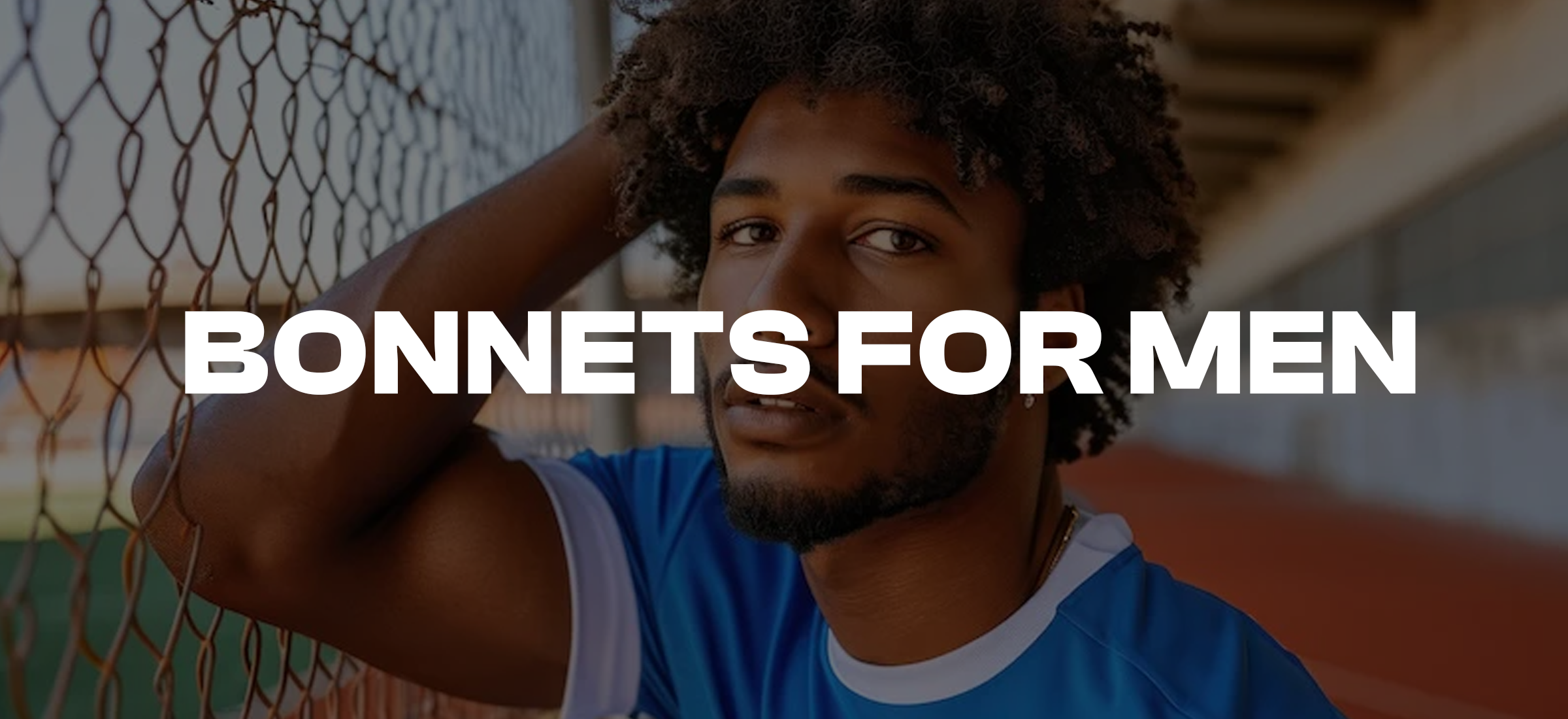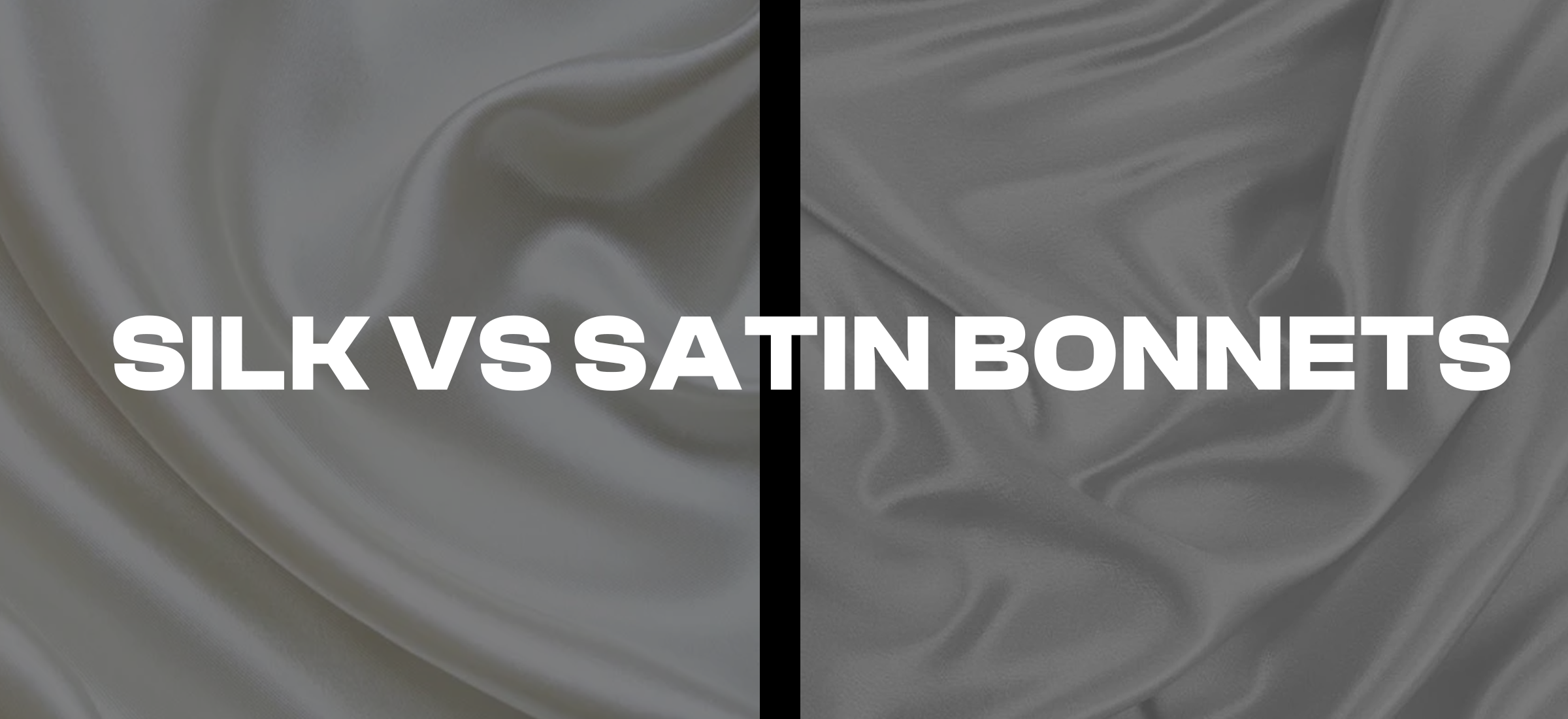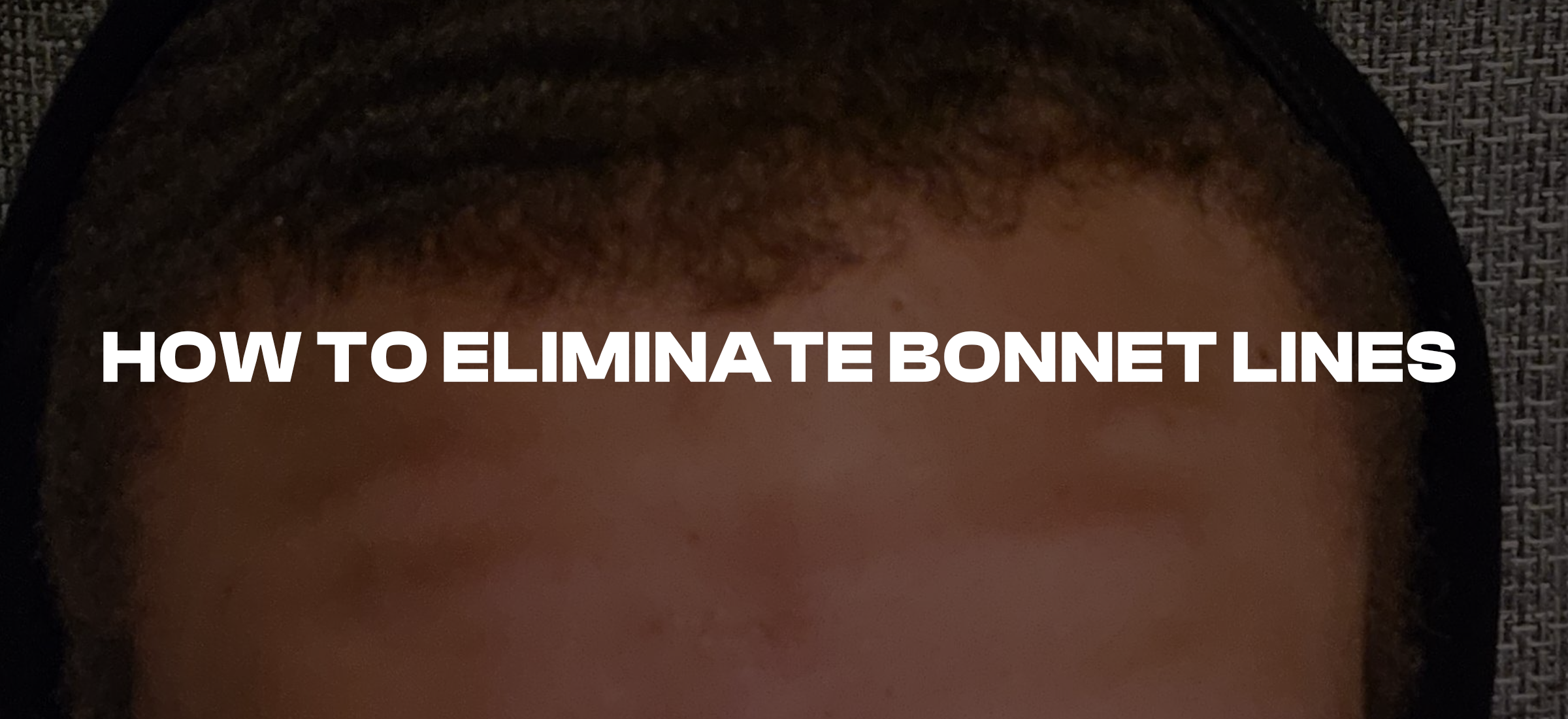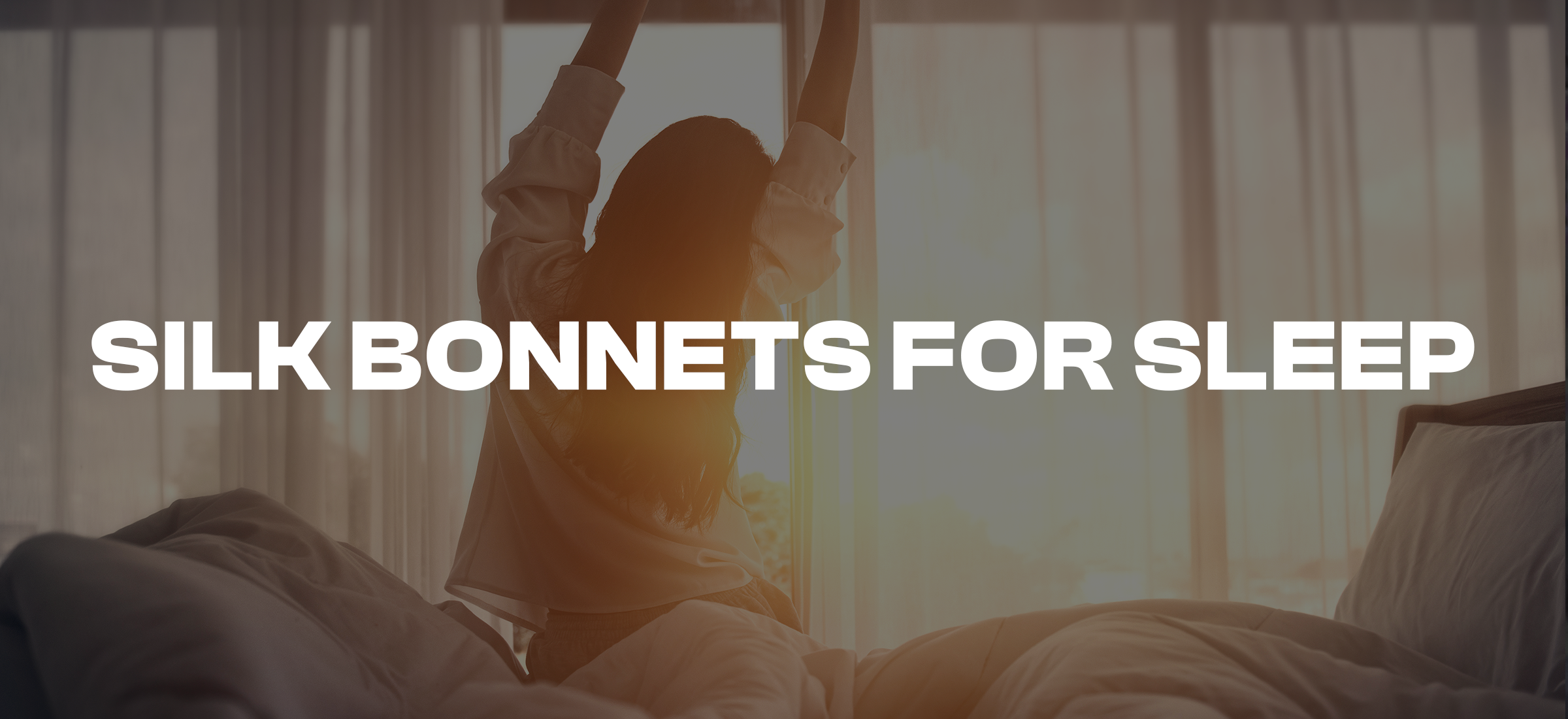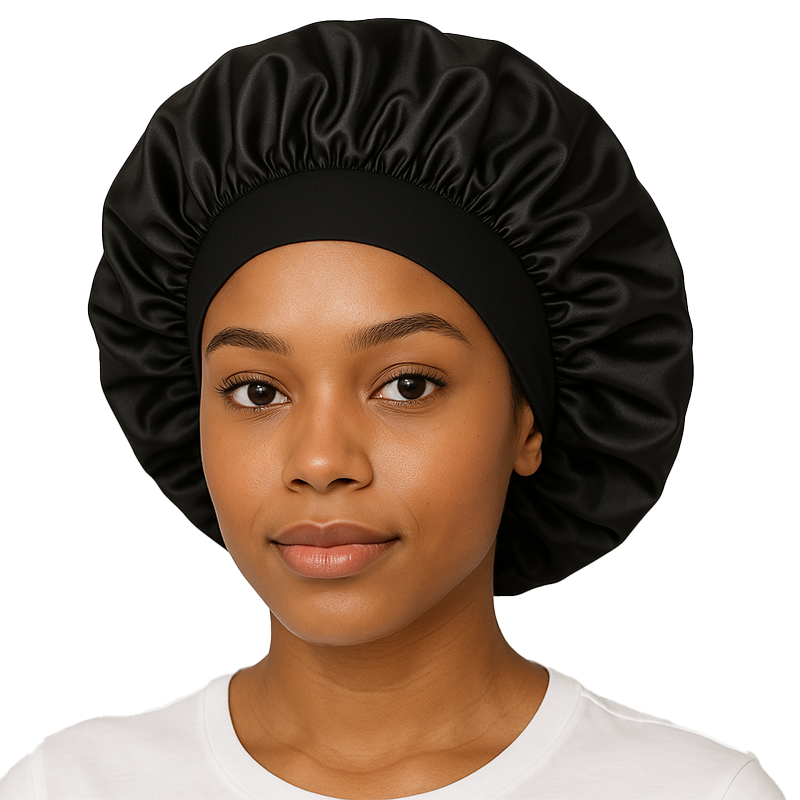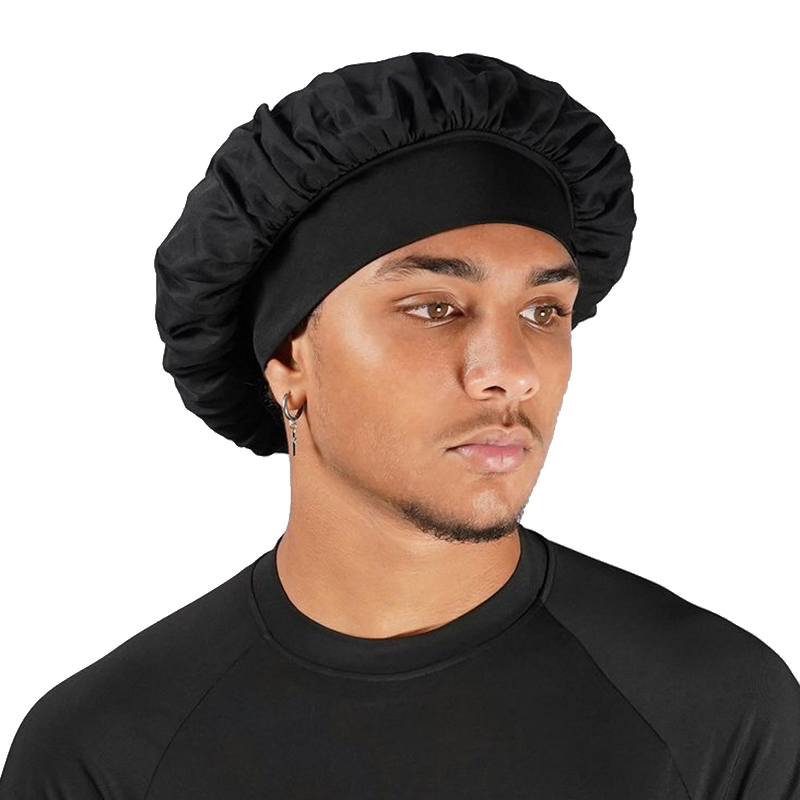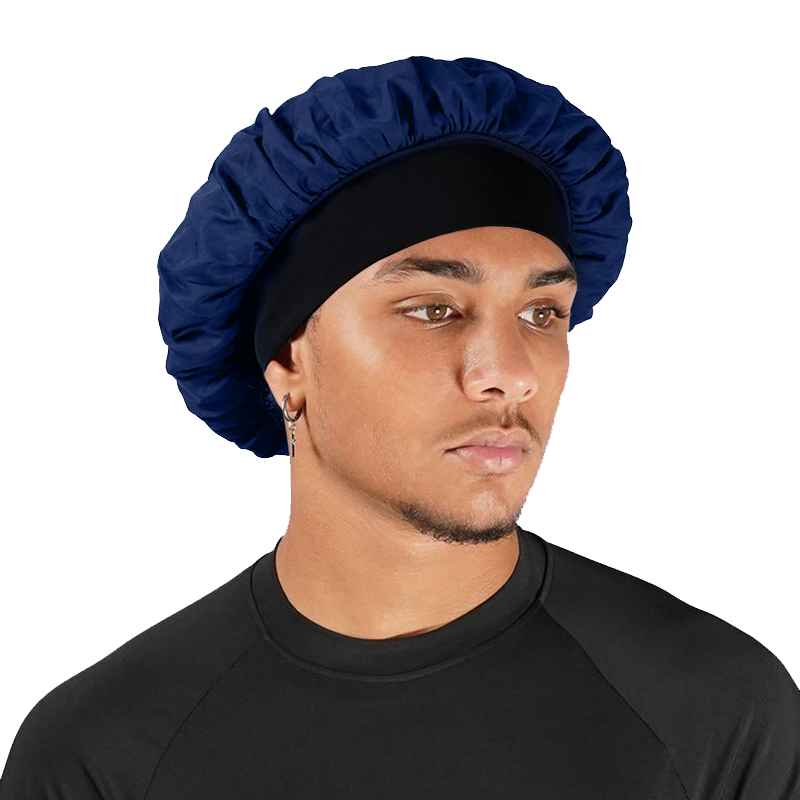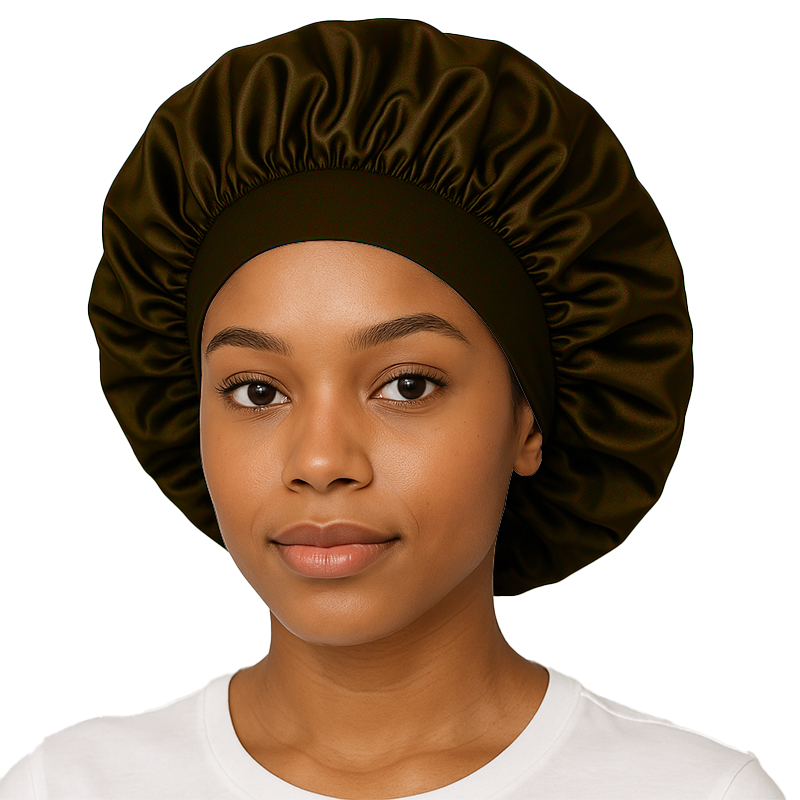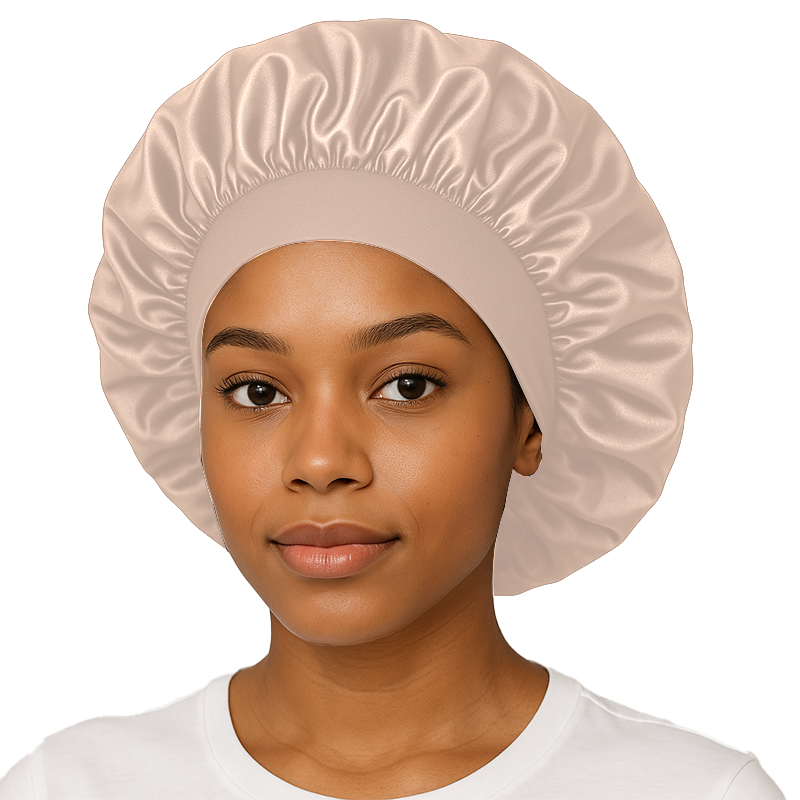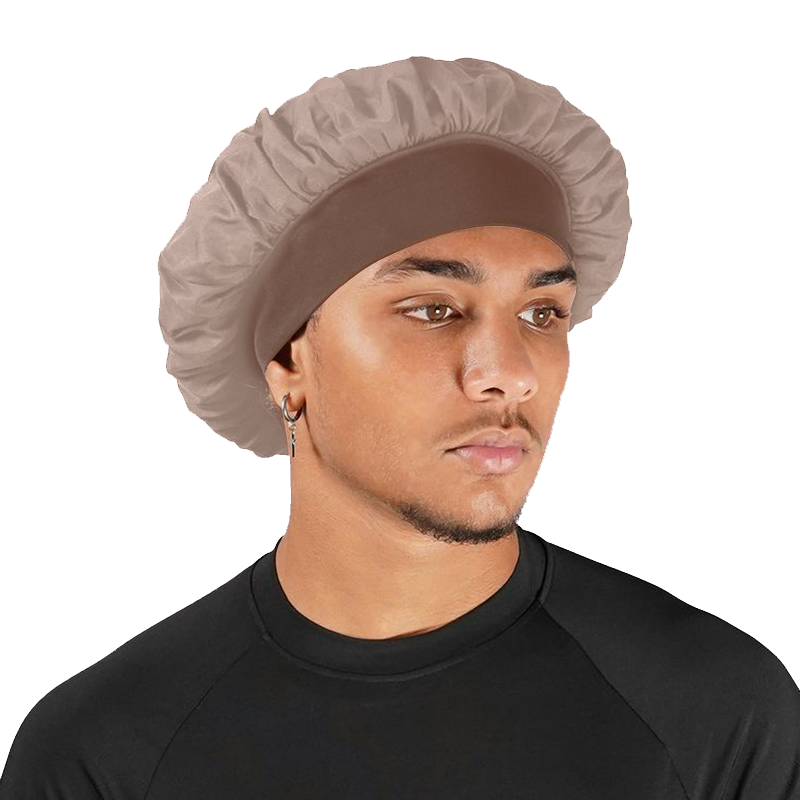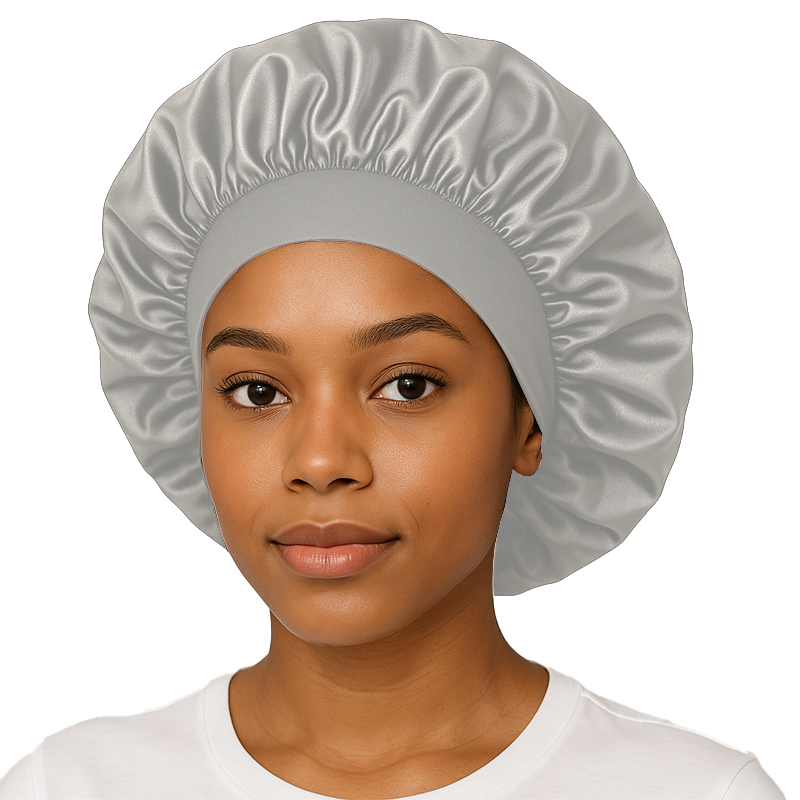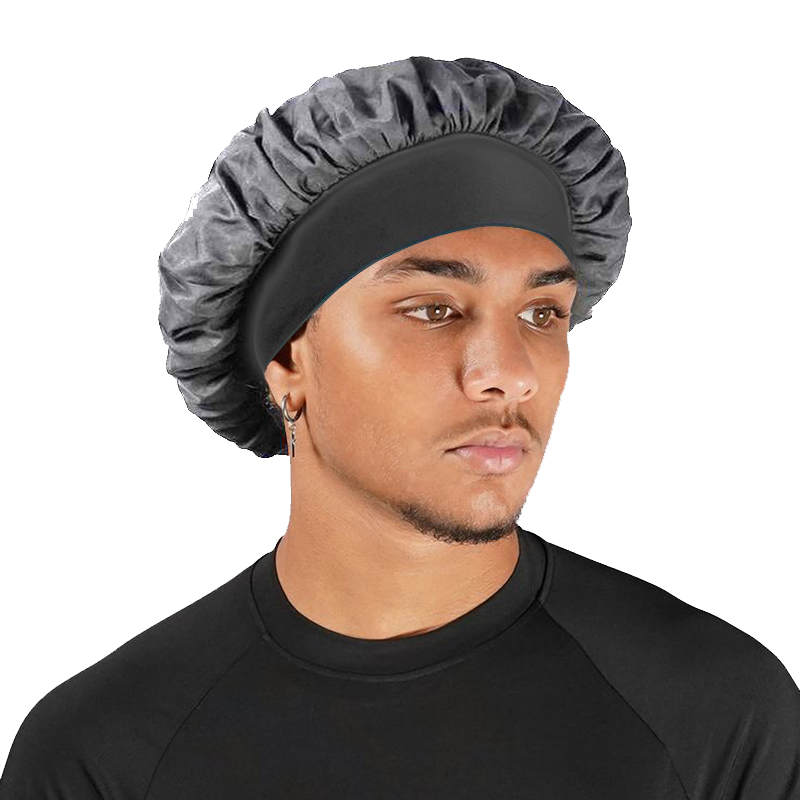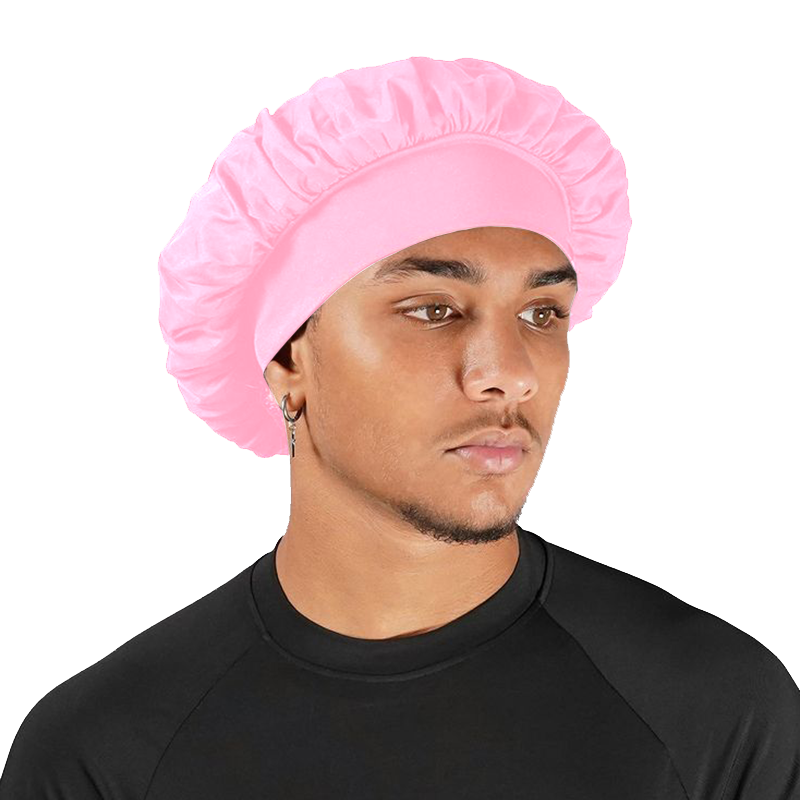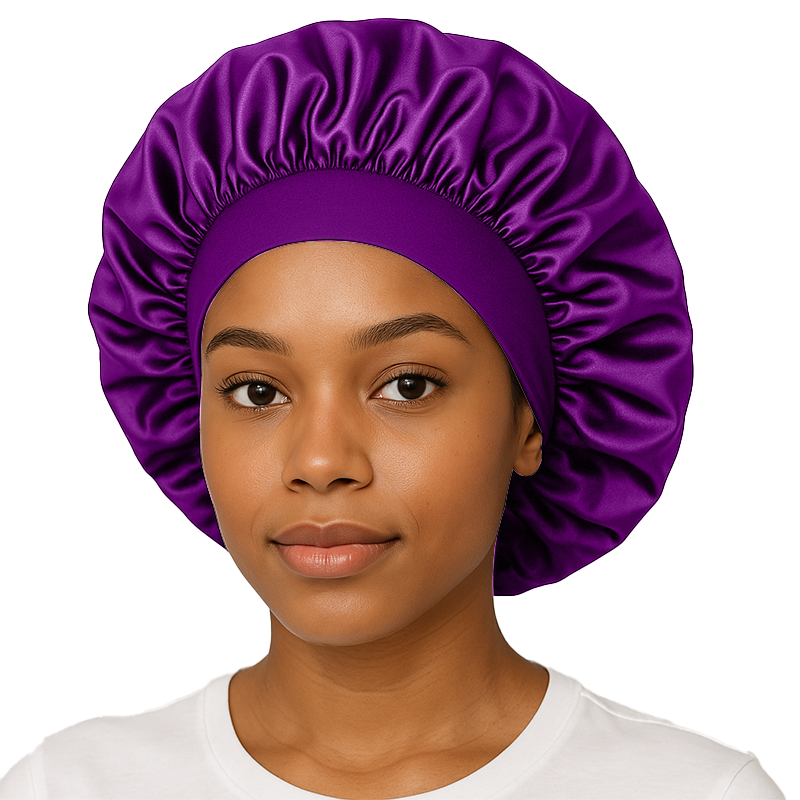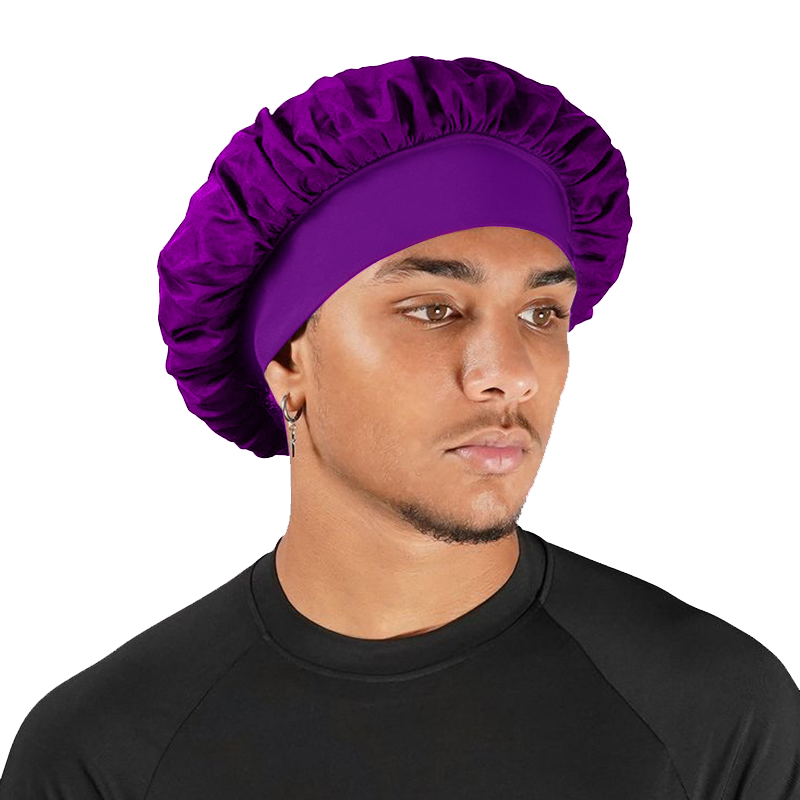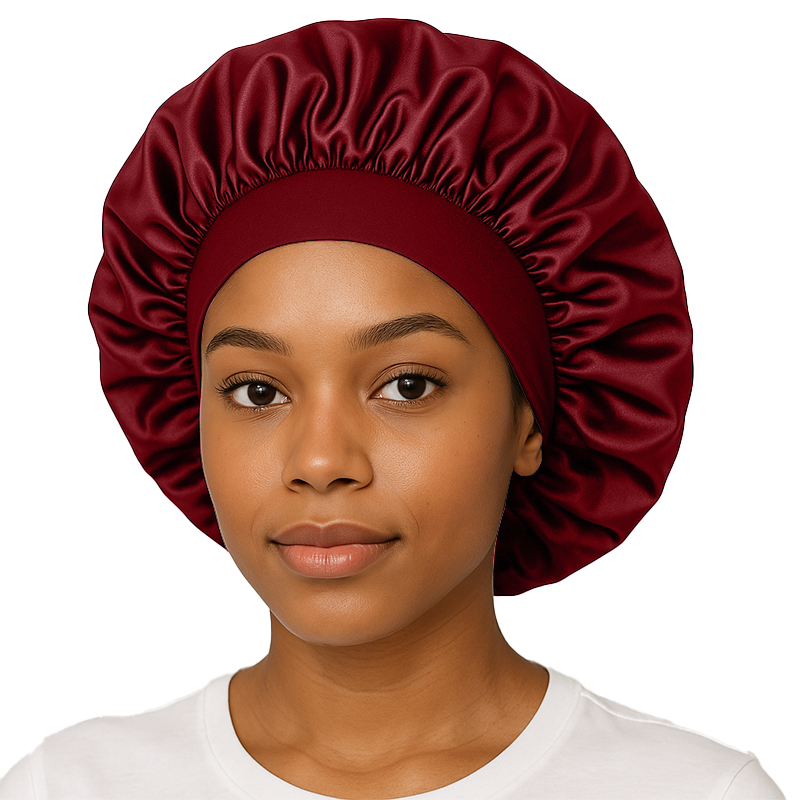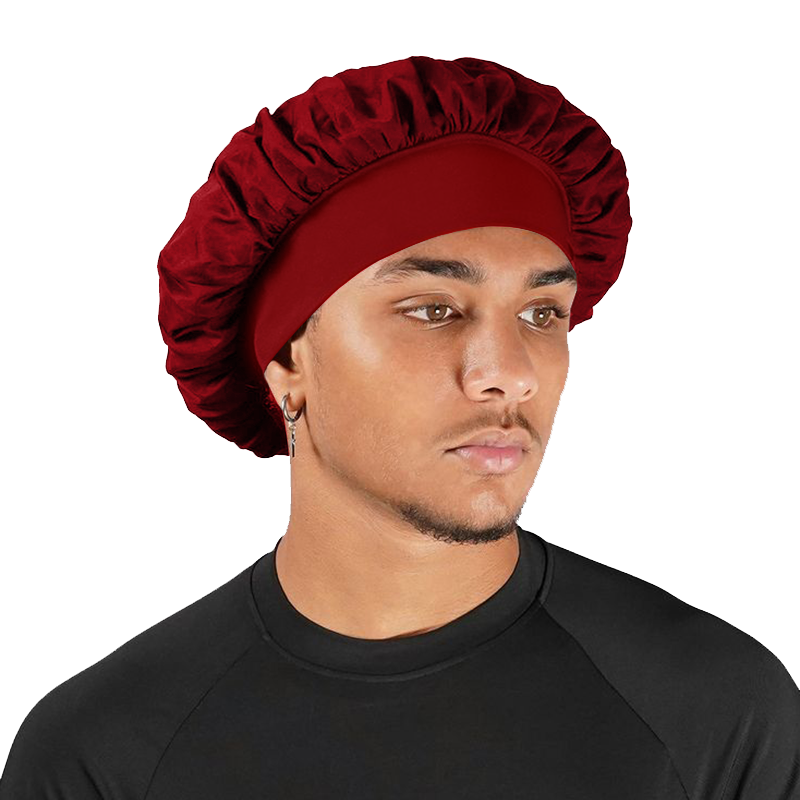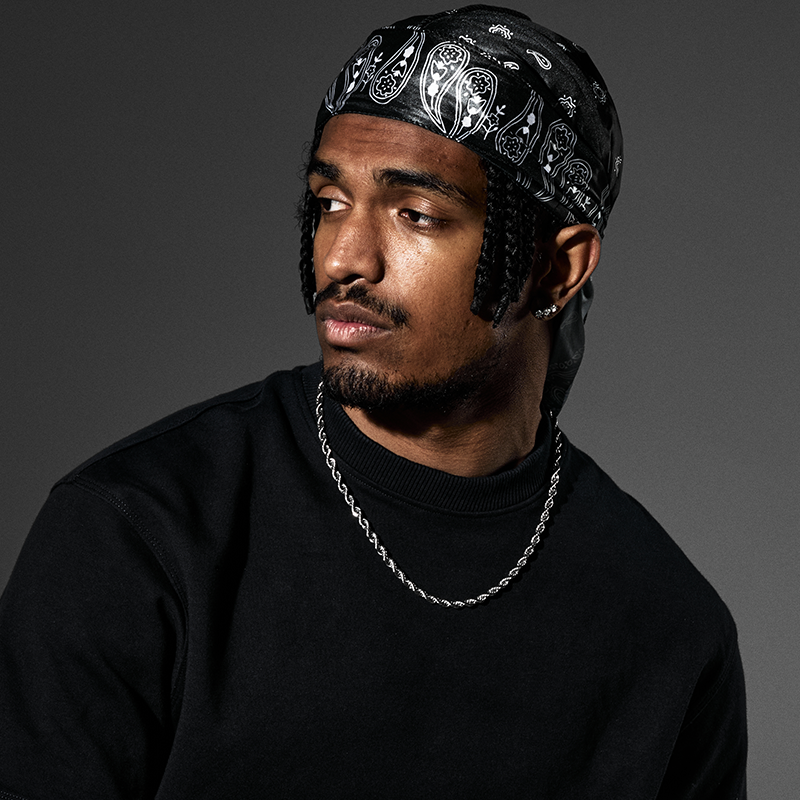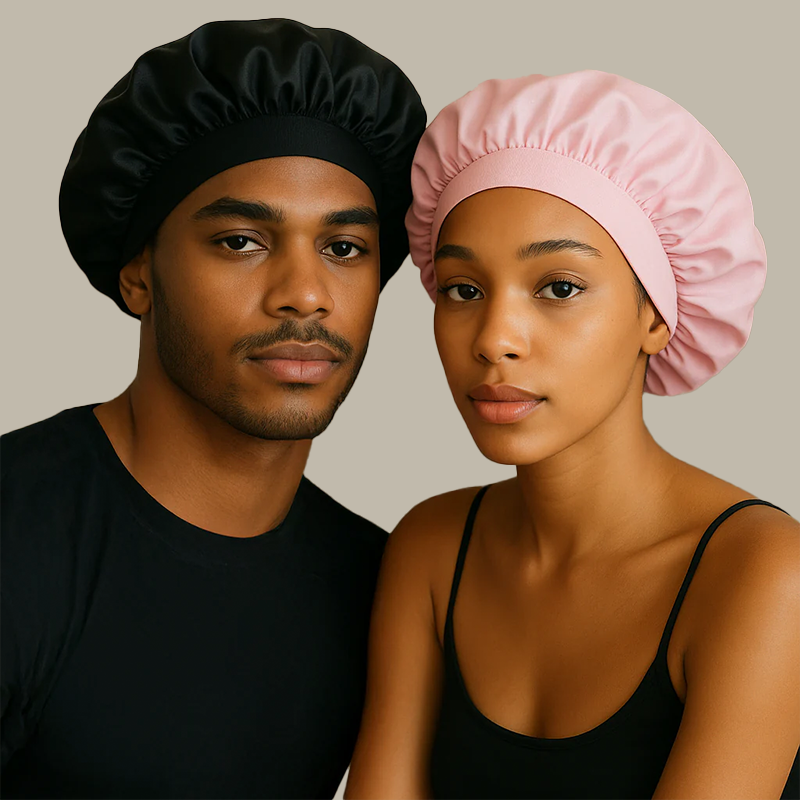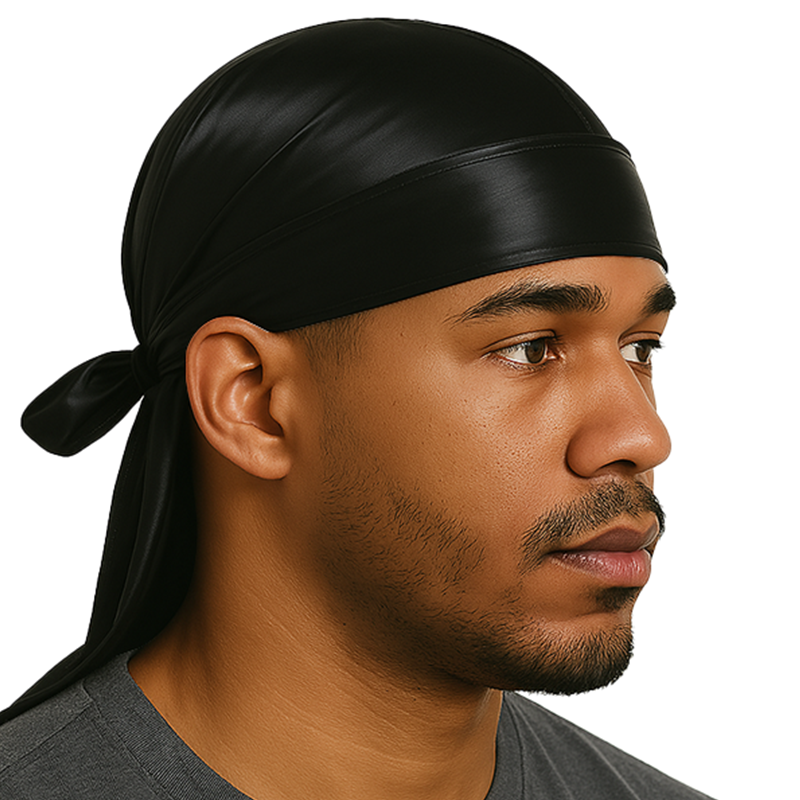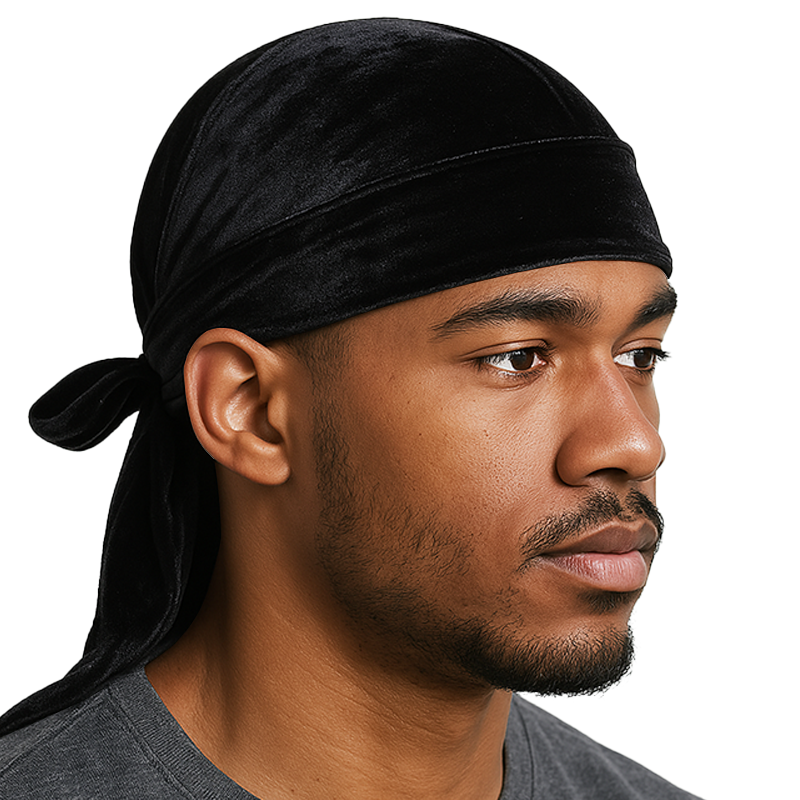We all know how important it is to take care of our hair, but with so many conflicting opinions and advice out there, it can be difficult to know what's best.
One question that often comes up is whether it's okay to put wet hair in a bonnet. Some people swear by it, while others believe it can lead to hair damage.
In this article, we'll explore the topic in-depth and provide you with everything you need to know to make an informed decision.
Understanding Hair Bonnets
Before we dive into the topic of wet hair and bonnet usage, it's important to understand what a hair bonnet is and how it works.
A hair bonnet is a type of head covering that's designed to protect your hair while you sleep or lounge around the house.
It's typically made from soft, silky materials like satin or silk, which help to reduce friction and prevent tangling.
Hair bonnets are available in a range of styles and sizes, so you can choose one that suits your hair type and personal preferences.
Wet Hair and Bonnet Usage
Now that we understand what hair bonnets are, let's talk about wet hair and bonnet usage.
Some people believe that putting wet hair in a bonnet can help to lock in moisture and prevent frizz, while others worry that it can lead to hair damage and breakage.
The truth is, there's no one-size-fits-all answer to this question. It depends on your hair type, the condition of your hair, and your personal preferences.
In the next section, we'll explore the pros and cons of wet hair and bonnet usage in more detail.
Key Takeaways
- Hair bonnets are designed to protect your hair while you sleep or lounge around the house.
- Putting wet hair in a bonnet can have both pros and cons, depending on your hair type and condition.
- To make an informed decision, consider your hair health, alternative drying methods, and best practices for hair care.
Understanding Hair Bonnets
Purpose of Hair Bonnets
Hair bonnets are a popular hair accessory used to protect hair while sleeping or during other activities that may cause damage to hair. They are designed to keep hair in place and prevent it from tangling or frizzing.
One of the main benefits of using a hair bonnet is that it helps to retain moisture in the hair, which is especially important for those with curly or textured hair.
The bonnet helps to lock in moisture and prevent the hair from becoming dry and brittle, which can lead to breakage and split ends.
Hair bonnets are also useful for protecting hairstyles, such as braids or twists, from becoming frizzy or losing their shape. They can be used to keep hair out of the face while applying makeup or doing other activities that require a clear view.
Types of Hair Bonnets
There are several types of hair bonnets available, each with its own unique features. Some are designed to be worn only while sleeping, while others can be worn during the day as well.
Silk or satin bonnets are a popular choice as they are gentle on the hair and help to prevent friction, which can cause breakage and damage.
They are also breathable and help to regulate temperature, making them comfortable to wear year-round.
Cotton or polyester bonnets are another option, but they may not be as gentle on the hair as silk or satin.
They are generally more affordable and widely available, but they may not be as effective at preventing frizz and tangles.
Some hair bonnets also come with adjustable straps or drawstrings, allowing for a more customized fit. Others may have additional features such as ear holes or extra padding for added comfort.
Wet Hair and Bonnet Usage
When it comes to using a bonnet on wet hair, there are a few things to consider. In this section, we will discuss the effects of wet hair in a bonnet and the proper techniques for wet hair.
Effects of Wet Hair in a Bonnet
Putting wet hair in a bonnet can have both positive and negative effects.
On the positive side, a bonnet can help keep moisture in your hair and prevent frizz. It can also help protect your hair from damage caused by rubbing against your pillow while you sleep.
However, there are also some negative effects to consider.
If your hair is too wet when you put it in a bonnet, it can create a damp environment that can lead to mold or mildew growth. This can be especially problematic if you don't wash your bonnet regularly.
Proper Techniques for Wet Hair
To avoid the negative effects of wet hair in a bonnet, it's important to use proper techniques.
First, make sure your hair is only slightly damp, not soaking wet, before putting it in a bonnet. This will help prevent mold or mildew growth.
Second, choose a bonnet that is made of breathable materials, such as cotton or silk. This will help prevent moisture buildup and allow air to circulate around your hair.
Finally, make sure to wash your bonnet regularly to prevent any mold or mildew growth. We recommend washing it at least once a week, or more frequently if you sweat a lot while you sleep.
Hair Health Considerations
Scalp Health
Putting wet hair in a bonnet can have negative effects on the health of your scalp.
When hair is wet, it is more susceptible to bacteria and fungal growth, which can lead to scalp infections.
Additionally, the warm and moist environment created by a bonnet can further promote the growth of these microorganisms. This can cause itching, flaking, and other uncomfortable symptoms.
To maintain a healthy scalp, make sure to keep it clean and dry.
If you must put wet hair in a bonnet, make sure to wash the bonnet frequently and allow it to dry completely before using it again.
It is also recommended to avoid wearing a bonnet for extended periods of time, as this can trap moisture and heat against your scalp.
Hair Breakage Risks
Putting wet hair in a bonnet can also increase the risk of hair breakage.
Wet hair is more fragile and prone to damage, and the tight fit of a bonnet can cause tension on the hair strands. This can lead to hair breakage and split ends.
To minimize the risk of hair breakage, it is recommended to allow hair to air dry before putting it in a bonnet.
If you must put wet hair in a bonnet, use a bonnet that is loose-fitting and made of a soft material, such as silk or satin.
Avoid using bonnets with elastic bands or tight-fitting caps, as these can cause tension on the hair and lead to breakage.
Alternative Hair Drying Methods
Air Drying
Air drying is a natural and gentle way to dry your hair without causing any damage.
After washing your hair, gently towel dry it to remove excess water. Then, let your hair air dry by leaving it down or loosely tying it up.
Avoid using hair ties or clips that are too tight as they can cause breakage. Air drying may take longer than other methods, but it is the safest option for your hair.
Blow Drying
Blow drying is a quick and efficient way to dry your hair, but it can cause damage if not done properly.
To avoid damage, use a heat protectant spray and keep the dryer at least 15cm away from your hair.
Use a low or medium heat setting and avoid using the highest heat setting. Also, make sure to keep the dryer moving to prevent heat damage to any one area of your hair.
Microfiber Towels
Using a microfiber towel is a great alternative to traditional towels as they are gentler on your hair and can help reduce frizz.
After washing your hair, gently squeeze out excess water with a microfiber towel. Then, wrap your hair in the towel and leave it for a few minutes to absorb more moisture.
Avoid rubbing your hair with the towel as this can cause breakage and frizz.
Best Practices for Hair Care
Nighttime Hair Routines
Taking care of your hair at night is just as important as taking care of it during the day.
One of the best things you can do for your hair is to protect it while you sleep.
Sleeping with a bonnet or silk pillowcase can help prevent breakage and retain moisture in your hair.
Putting wet hair in a bonnet is generally not recommended. Wet hair is more fragile and prone to breakage, and the moisture can cause the bonnet to become damp and breeding ground for bacteria.
It's best to let your hair air dry or use a hair dryer on a low setting before putting on a bonnet.
Product Recommendations
Using the right hair products can make a big difference in the health and appearance of your hair. Here are some of our top product recommendations for healthy hair:
- Shampoo and conditioner: Look for products that are free of sulfates and harsh chemicals, and are designed for your hair type.
- Leave-in conditioner: A leave-in conditioner can help detangle and moisturize your hair, and protect it from heat damage.
- Hair oil: A lightweight hair oil can help add shine and nourishment to your hair, without weighing it down.
- Hair mask: Using a hair mask once a week can help deep condition and repair your hair.
